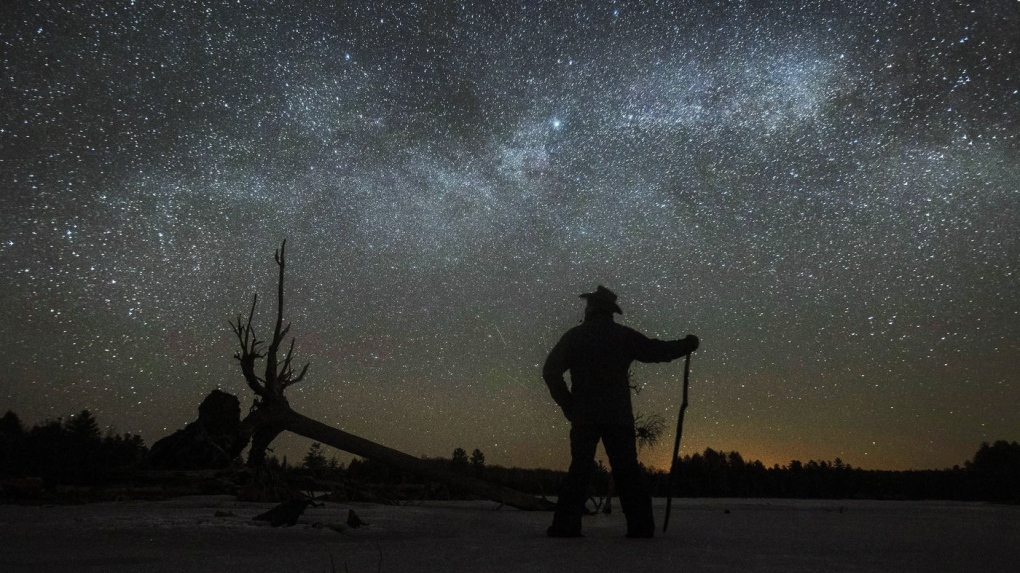
Twinkle, twinkle fading stars: Light pollution growing faster than anticipated, study finds
CTV
A new study that analyzes data from more than 50,000 amateur stargazers finds that artificial lighting is making the night sky about 10 per cent brighter each year.
Every year, the night sky grows brighter, and the stars look dimmer.
A new study that analyzes data from more than 50,000 amateur stargazers finds that artificial lighting is making the night sky about 10 per cent brighter each year.
That’s a much faster rate of change than scientists had previously estimated looking at satellite data. The research, which includes data from 2011 to 2022, is published Thursday in the journal Science.
“We are losing, year by year, the possibility to see the stars,” said Fabio Falchi, a physicist at the University of Santiago de Compostela, who was not involved in the study.
“If you can still see the dimmest stars, you are in a very dark place. But if you see only the brightest ones, you are in a very light-polluted place," he said.
As cities expand and put up more lights, “skyglow” or “artificial twilight,” as the study authors call it, becomes more intense.
The 10 per cent annual change “is a lot bigger than I expected — something you’ll notice clearly within a lifetime,” said Christopher Kyba, a study co-author and physicist at the German Research Centre for Geosciences in Potsdam.





















 Run 3 Space | Play Space Running Game
Run 3 Space | Play Space Running Game Traffic Jam 3D | Online Racing Game
Traffic Jam 3D | Online Racing Game Duck Hunt | Play Old Classic Game
Duck Hunt | Play Old Classic Game